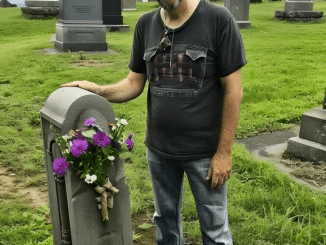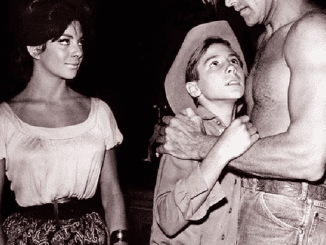Imagine having a hidden apartment inside a bustling shopping mall, living amongst the shoppers and employees without anyone suspecting a thing. This isn’t a scene from a movie; it’s the true story of Michael Townsend, an artist who turned a forgotten storage room in a Rhode Island mall into a secret condo, managing to live there for four years undetected. Here’s a closer look at how Michael pulled off this remarkable feat and what eventually led to his discovery.
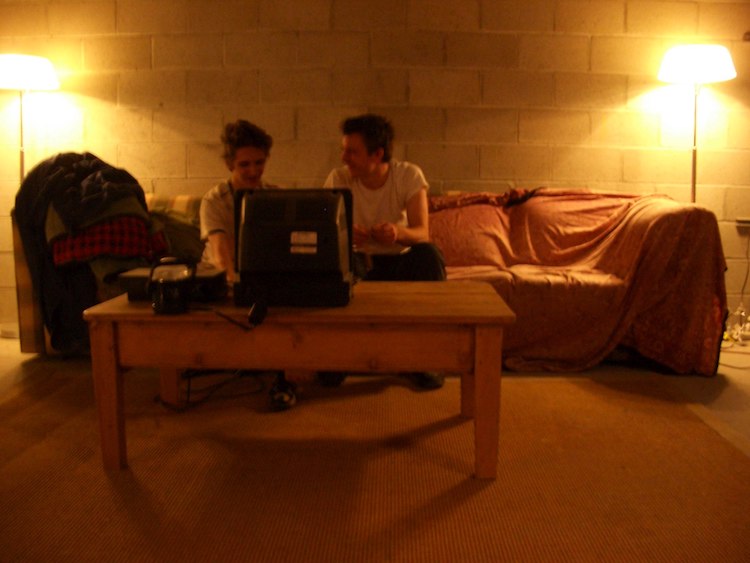
Laughing Squid
The Accidental Room: Discovery of the Hidden Space
In 1999, Providence Place Mall opened its doors in Rhode Island, offering 1.4 million square feet of retail space with 160 stores. Michael Townsend, an artist and drawing instructor, often ran past the mall during his daily jogs. As he observed the sprawling structure under construction, he stumbled upon an unusual feature—a seemingly purposeless room tucked away from the main mall area.
The room had been used for storing construction materials and, once the mall was complete, was left empty and forgotten. It was an unintentional void in the mall’s architectural design, and Michael’s curiosity was piqued. He kept it in the back of his mind, seeing it as an intriguing space that had potential for something unique.
An Idea Takes Shape: Could You Live in a Mall?
The idea of living in a mall wasn’t as far-fetched as it sounds. During the holiday seasons of 2003 and 2004, Providence Place Mall aired radio ads that jokingly suggested one could live at the mall. The ads emphasized that the mall had everything a person needed—food courts, entertainment, shops, and even basic amenities.
These ads sparked a thought in Michael’s mind: what if someone really did live here? After some contemplation, he decided to take on this challenge and see if he could make the hidden space his own, even if just for a week. Little did he know that his one-week experiment would turn into a four-year adventure.
The Mall House: Transforming the Space into a Secret Apartment
In 2003, Michael and a few of his friends began transforming the 750-square-foot room into a fully livable space. They called it “The Mall House.” The room was unmarked, tucked away from public areas, and essentially invisible to mall staff and security.
Over time, the group added various amenities to the space, making it a functional, albeit minimalistic, apartment. The Mall House had a couch, a coffee table, a small dining area, and even a makeshift kitchen. Michael and his friends gradually improved the apartment, adding items they found or repurposed to make the space feel more like a home. At one point, he planned to add wood flooring, a second bedroom, and even upgrade the kitchen.
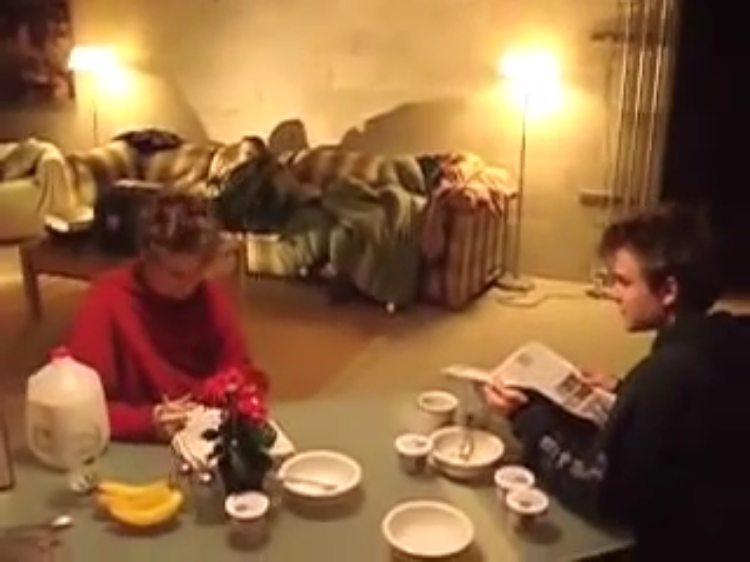
Laughing Squid
How He Managed to Live There Undetected for Years
For four years, Michael and his friends were able to maintain their secret life inside the mall, coming and going strategically to avoid detection. They would only access the room during off-hours or when foot traffic in the mall was low, minimizing their chances of running into mall staff or security personnel.
Michael’s group took great care to ensure that their activities didn’t arouse suspicion. They kept the space clean, maintained low noise levels, and left no trace that would hint at the room’s occupation. Occasionally, they would bring in small pieces of furniture or supplies, carrying them discreetly to avoid attracting attention.
The End of an Era: Discovery and Consequences
As all good things must come to an end, so did Michael’s hidden residence in the mall. After four years of evading mall security, Michael was finally caught in 2007 while exiting The Mall House. He was taken into custody, but to his surprise, the mall decided not to press charges. Instead, he was banned from the property for life.
In a statement on his website, Michael admitted to being taken by surprise when he was apprehended. He noted the professionalism of the security staff and expressed his apologies for not being more transparent about his unusual living arrangement. Despite the ban, Michael maintained that he was not homeless and had other sources of income.
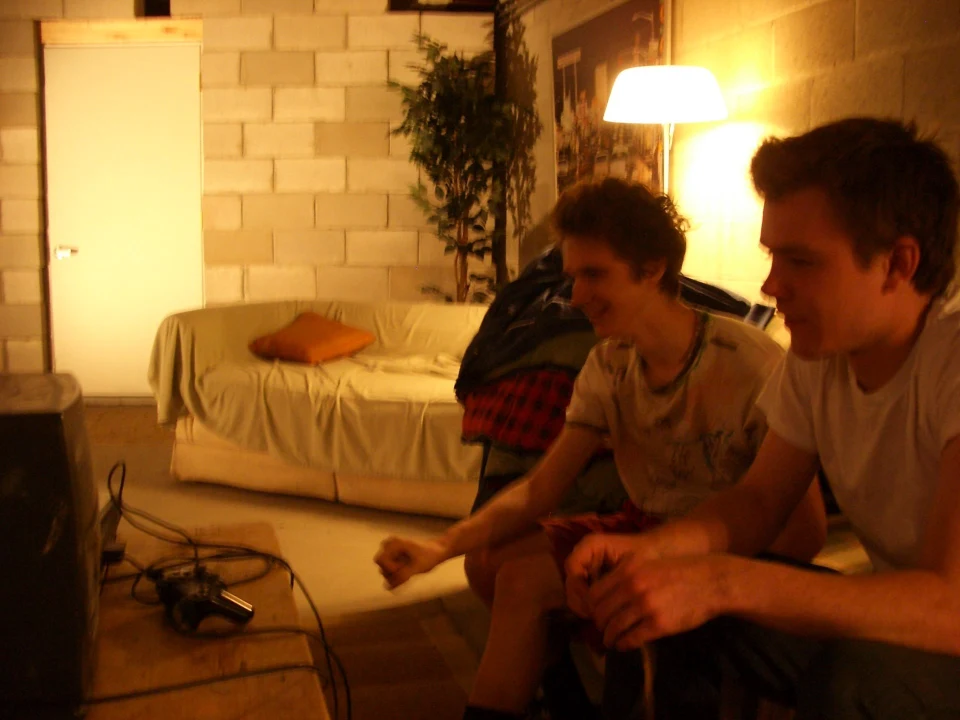
Why He Did It: Michael’s Motivation and Artistic Statement
For Michael, The Mall House wasn’t just a stunt; it was an artistic statement. He saw it as a way to question societal norms around consumerism and the way people interact with commercial spaces. Malls are designed to cater to shoppers’ every need, so why not see if they could truly sustain a person’s daily life?
He documented his experience, reflecting on how malls are structured to feel like miniature cities, complete with food, entertainment, and places to relax. By actually living in the mall, he demonstrated the absurdity of the idea in a tangible way, turning it into an extended art project.
Public Reaction and Cultural Impact
After his story went public, Michael received a mix of reactions. Some people were amused and admired his ingenuity, while others questioned the ethics of his actions. Despite the ban, Michael’s experiment resonated with many who were fascinated by the idea of living undetected in such a busy place. His experience sparked conversations about the use of urban spaces, the limits of consumer culture, and how individuals can reclaim spaces in unexpected ways.
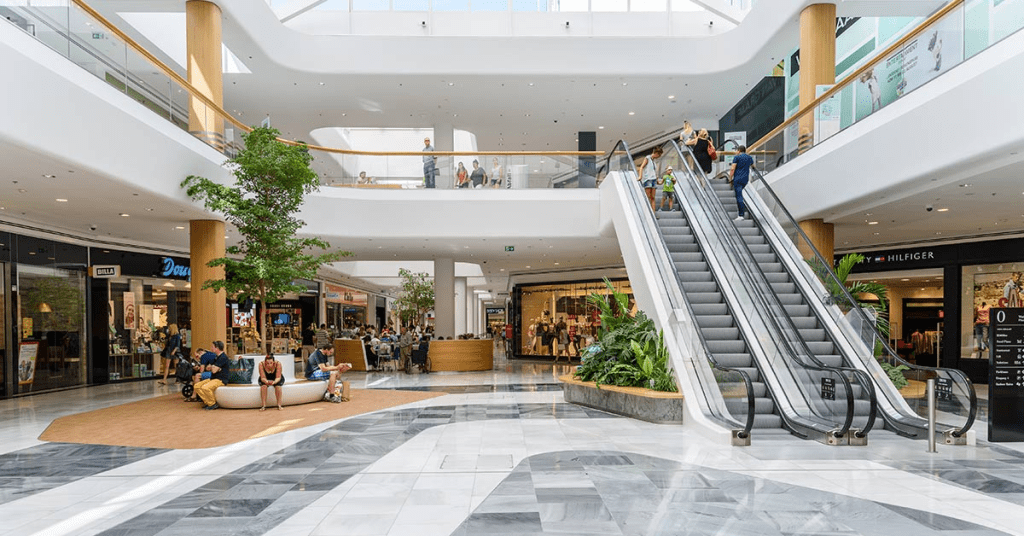
Michael’s story even inspired other artists and urban explorers to seek out and repurpose overlooked or forgotten spaces in their own cities. His willingness to challenge the boundaries of conventional living made a statement about how society views private and public spaces, especially in environments dominated by commerce.
Lessons from the Mall House: Exploring Creativity in Unusual Spaces
Michael Townsend’s adventure with The Mall House reminds us of the potential to explore creative ideas even in the most unlikely places. His story demonstrates how one person’s curiosity and willingness to think outside the box can lead to an experience that challenges norms and captures the public’s imagination. Here are some key takeaways from Michael’s unusual journey:
- Reclaiming Space for Art: By creating The Mall House, Michael transformed a sterile, commercial environment into a personal space for creativity and expression.
- The Art of Evading Detection: Through careful planning and discretion, Michael managed to live in the mall for years, showing that even the busiest places can have overlooked corners.
- Challenging Consumer Culture: By living in a space designed for consumption, Michael highlighted the unique relationship people have with malls and questioned what it means to rely on such spaces for daily life.
Conclusion: A Legacy of Curiosity and Innovation
Michael Townsend’s four years living in a secret condo at Providence Place Mall may seem unbelievable, but it’s a testament to human creativity and the desire to push boundaries. His story not only entertained but also inspired others to look at everyday spaces with fresh eyes. Michael’s Mall House adventure will undoubtedly be remembered as a fascinating exploration of how we interact with urban environments, challenging us to consider how far we can go in reimagining the spaces around us.

